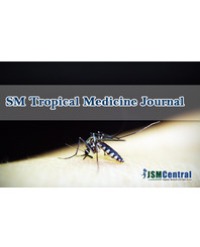Bovine cryptosporidiosis, caused by the protozoan parasite Cryptosporidium, poses a significant threat to cattle health and productivity worldwide. This review provides a comprehensive analysis of bovine cryptosporidiosis, focusing on its associated risk factors and diagnostic methods. Understanding the risk factors contributing to the prevalence and transmission of Cryptosporidium in cattle populations is crucial for effective disease management. Factors such as age, herd size, housing conditions, environmental contamination, and geographic location play pivotal roles in the epidemiology of bovine cryptosporidiosis. Additionally, interactions between host susceptibility and pathogen virulence further complicate disease dynamics
Accurate and timely diagnosis is essential for implementing control strategies and mitigating the economic losses associated with bovine cryptosporidiosis. Various diagnostic methods, including microscopy, immunological assays, molecular techniques such as PCR (Polymerase Chain Reaction), and emerging technologies like loop-mediated isothermal amplification (LAMP), are discussed in detail. Each method’s sensitivity, specificity, advantages, and limitations are evaluated, providing insights into their practical utility in different settings. Furthermore, advancements in diagnostic tools and techniques, such as high-throughput sequencing and proteomic approaches, offer promising avenues for enhancing our understanding of Cryptosporidium diversity, pathogenesis, and drug resistance patterns. Integrating these innovative approaches with traditional diagnostic methods holds great potential for improving disease surveillance and control strategies.
The aim of this review is to highlights the multifaceted nature of bovine cryptosporidiosis and underscores the importance of a holistic approach encompassing risk factor identification, accurate diagnostics, and targeted interventions for effective disease management in cattle populations. Continued research efforts aimed at elucidating the complex interactions between host, parasite, and environment will be instrumental in developing sustainable control measures to mitigate the impact of bovine cryptosporidiosis on animal health and welfare.
Daniel Tamirat Weldemariam*, Mesfin Gabre Awoke and Moges Abate Aklilu






